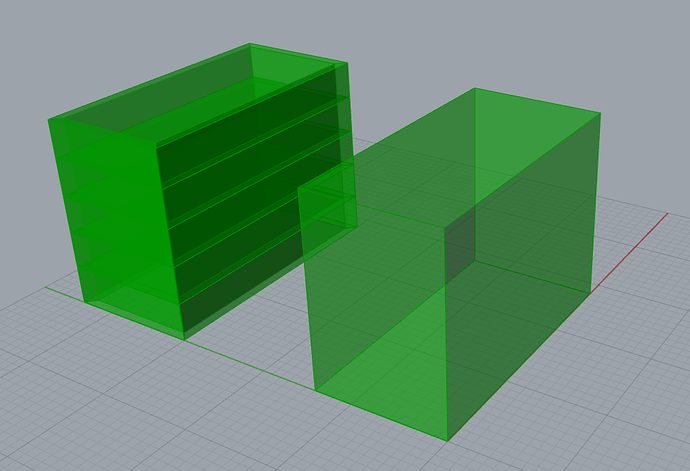Hi all, I am a beginner using energy simulation tools. I build a simple 20m high building to run a simple calculation. If I split the 20m building into 5*4m floors, the heating and cooling load changes to likely 5 times compared to one single 20m high zone. I have set the people/lighting density to zero but seems the same. I wonder is it a right simulation process I’ve made? And is it the true thing of a real building, I can’t imagine the same volume but the very different loads.

below is the process I’ve made.
Energy_load_Compare.gh (698.5 KB)
Hi,@miraclema
As you posted, it is a normal sense.Because the area of conditioned is 5 times for original singe zone.
Thank you. So this is a ‘counterintuitive’ thing- I supposed the heating and cooling load is for keeping the whole volume in between a certain range like 18-24 degree, so I’d guess the load may be the same, but in fact the load is mainly affected by the area instead of the volume? (the same goes for the ‘infiltrationEnergy’ output which I thought will be decided by the area of the envelop but in fact affected by the area).
So is it because the heating and cooling load is not for maintaining the temperature?
What makes me confused is that it seems the steady state condition can’t explain the ignore of height (for a beginer)? Because from the above simulation,to remain the steady state condition of one 4meters high volume cost almost the same energy compared with the 20meters high volume, it is wired…


